Our Earth is a living and breathing planet. It has a life of its own and keeps on changing physically. While we know that the tectonic plates move horizontally, studies over the years have shown that these plates have also moved vertically, causing the continents to rise. Though the process is slow and has been taking place for millions of years, researchers are intrigued. Recently, research led by Professor Thomas Gernon, published in the journal Nature, has found a plausible theory behind the phenomena. He suggested that the breaking of the tectonic plates may be causing powerful waves that lead the continents to rise by over a 1 kilometer.
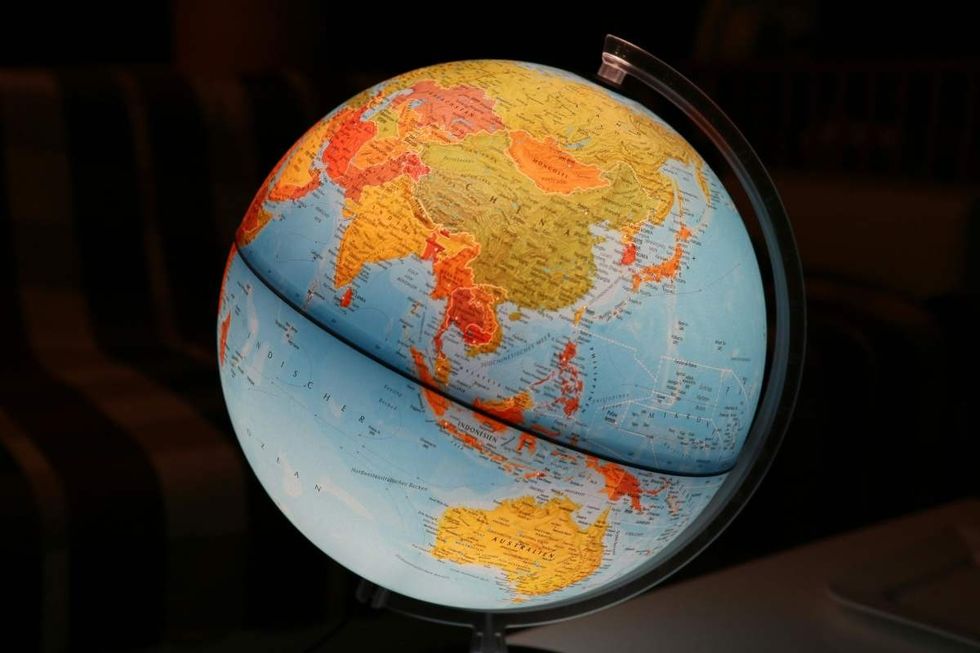
He pointed out that the higher drifts like that around South Africa could be due to the rifts and splitting of continents over time. "However, explaining why the inner parts of continents, far from such escarpments, rise and become eroded has proven much more challenging,” Gernon said, per BBC Science Focus. The study found out that when continents split, their crust is stretched which results in a “sweeping motion,” affecting the base of the continent. “It’s like stretching a piece of toffee. You get this deformation in the middle where the crust gets thinner. This causes an upwelling of hot material from below,” the professor explained. This hot material wells up hits the cooler continents and sinks again.

Professor Sascha Brune and Dr Anne Glerum, part of the research team, used modern tools to run a simulation and understand the course the phenomenon follows, per the University of Southampton. They were able to identify waves that had an interesting speed similar to those of erosion events responsible for breaking up the supercontinent Gondwana. Sharing another explanation, Professor Brune pointed out, “Much like how a hot-air balloon sheds weight to rise higher, this loss of continental material causes the continents to rise – a process called isostasy.”
The wave also triggers a sort of erosion event that pushes rocks and other parts of the continent to move, thus lifting much weight off of it, and causing it to rise higher. Gernon added that this uplifting has happened over billions of years and impressively tells of the vast changes and development the continents are experiencing. “That’s what’s really fascinating here. These regions are the ancestral hearts of the continents, which have survived for billions and billions of years. They’ve lived through the major events in Earth’s history but for some reason after the continents broke up they went through this major disturbance,” he remarked.
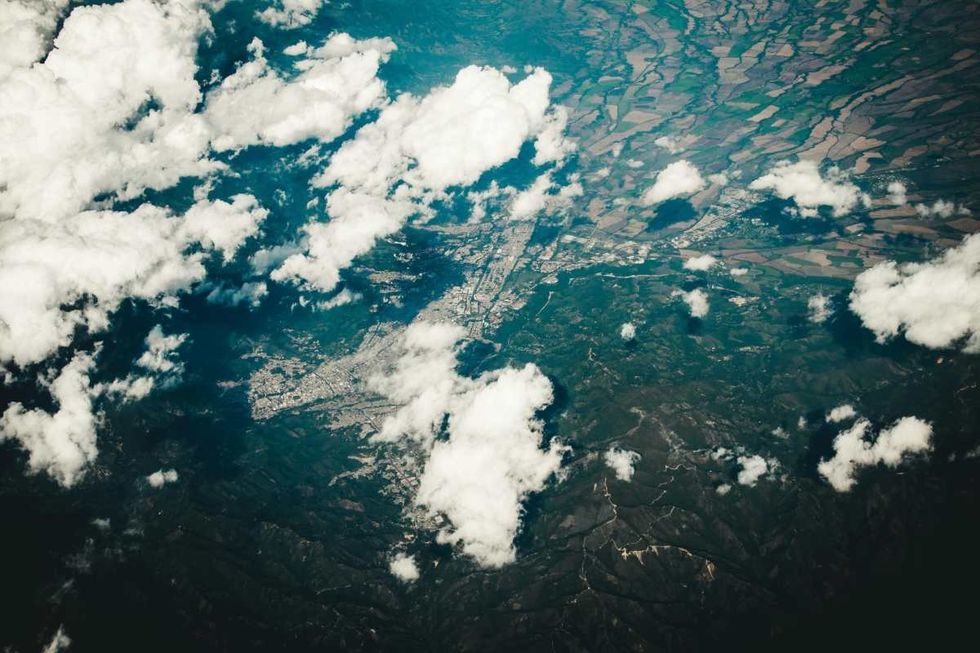
Another remarkable note the team made was that the waves trigger not only a kind of erosion but also affect climate and more. They pointed out that the disturbance that causes diamonds to appear from the deep surface of the Earth is also responsible for reshaping the landscape. The latter affects climate and even biodiversity and human settlements. “Destabilizing the cores of the continents must have impacted ancient climates too,” Gernon added. The continents rising has surely been an interesting phenomenon to observe and are still to be studied considering the vast impact it has on human life, wildlife and more.
This article originally appeared 1 month ago.


















 Representative Image Source: Pexels | Anni Roenkae
Representative Image Source: Pexels | Anni Roenkae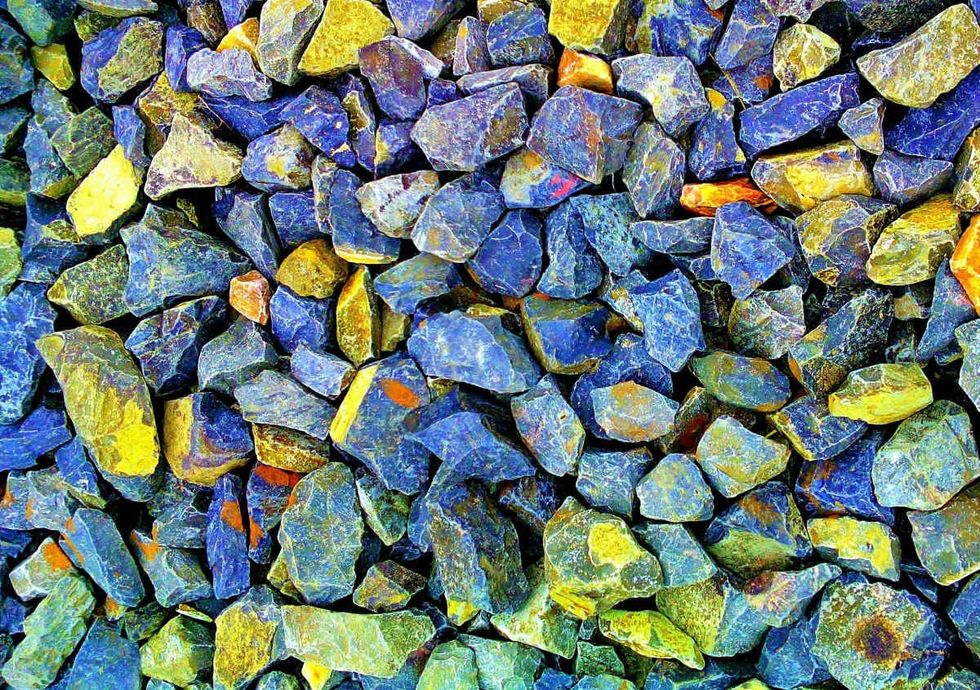 Representative Image Source: Pexels | Its MSVR
Representative Image Source: Pexels | Its MSVR Representative Image Source: Pexels | Lucian Photography
Representative Image Source: Pexels | Lucian Photography

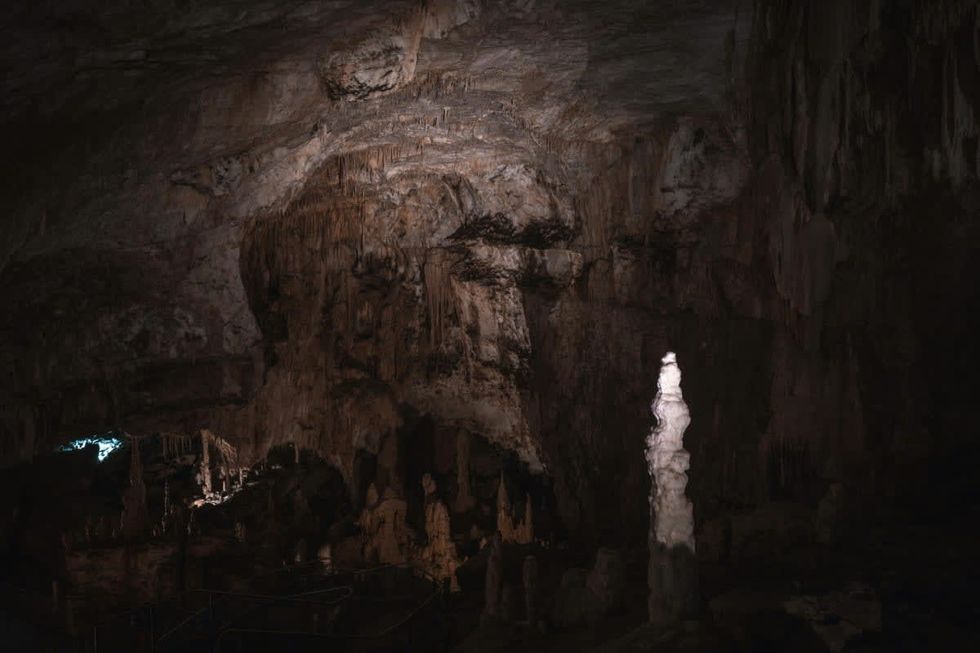 Representative Image Source: Pexels | francesco ungaro
Representative Image Source: Pexels | francesco ungaro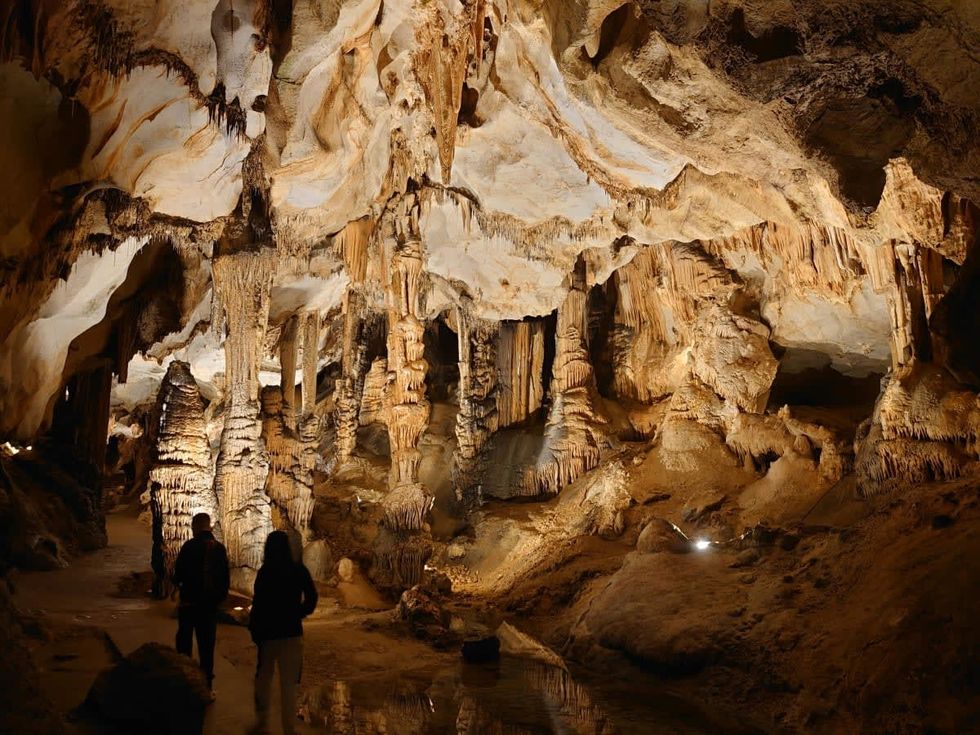 Representative Image Source: Pexels | parfait fongang
Representative Image Source: Pexels | parfait fongang Image Source: YouTube |
Image Source: YouTube |  Image Source: YouTube |
Image Source: YouTube |  Image Source: YouTube |
Image Source: YouTube | 
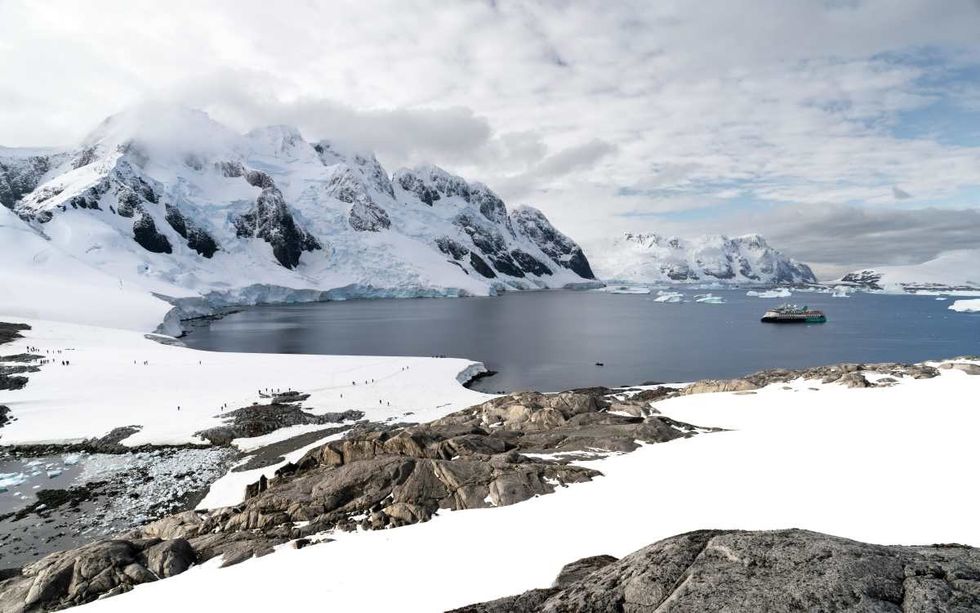 Representative Image Source: Pexels | Hugo Sykes
Representative Image Source: Pexels | Hugo Sykes Representative Image Source: Sectional view of the Earth, showing central fire and underground canals linked to oceans, 1665. From Mundus Subterraneous by Athanasius Kircher. (Photo by Oxford Science Archive/Print Collector/Getty Images)
Representative Image Source: Sectional view of the Earth, showing central fire and underground canals linked to oceans, 1665. From Mundus Subterraneous by Athanasius Kircher. (Photo by Oxford Science Archive/Print Collector/Getty Images)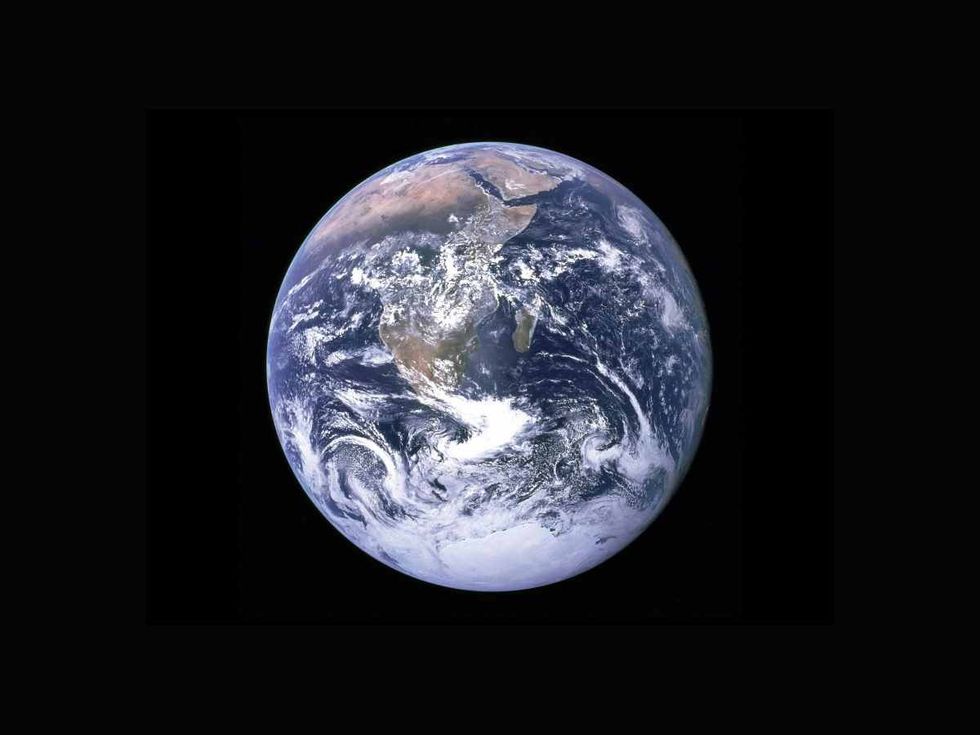 Representative Image Source: Pexels | NASA
Representative Image Source: Pexels | NASA




 Representative Image Source: Pexels | Steve Johnson
Representative Image Source: Pexels | Steve Johnson Representative Image Source: Pexels | RDNE Stock Project
Representative Image Source: Pexels | RDNE Stock Project Representative Image Source: Pexels | Mali Maeder
Representative Image Source: Pexels | Mali Maeder
 Photo: Craig Mack
Photo: Craig Mack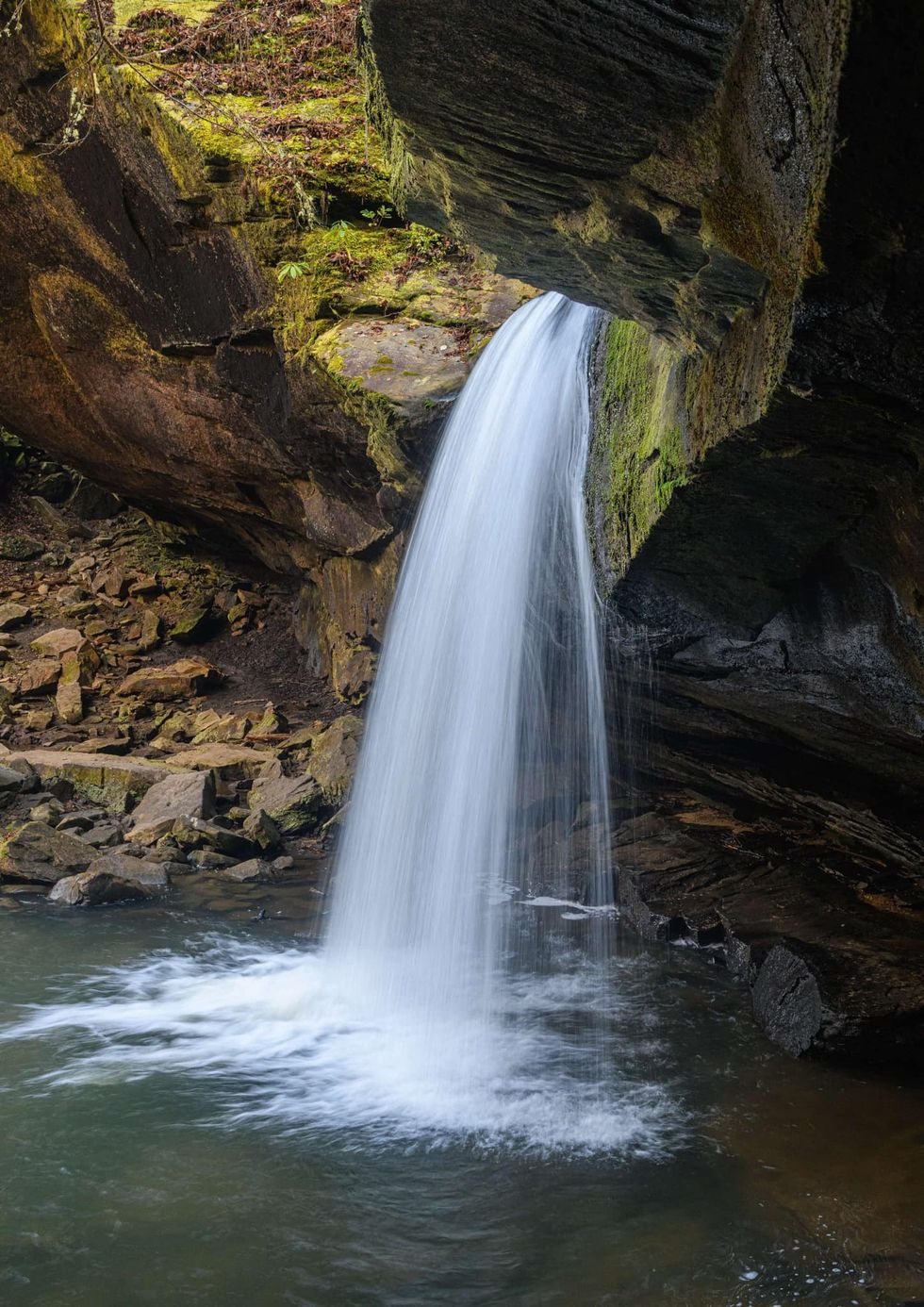 Photo: Craig Mack
Photo: Craig Mack